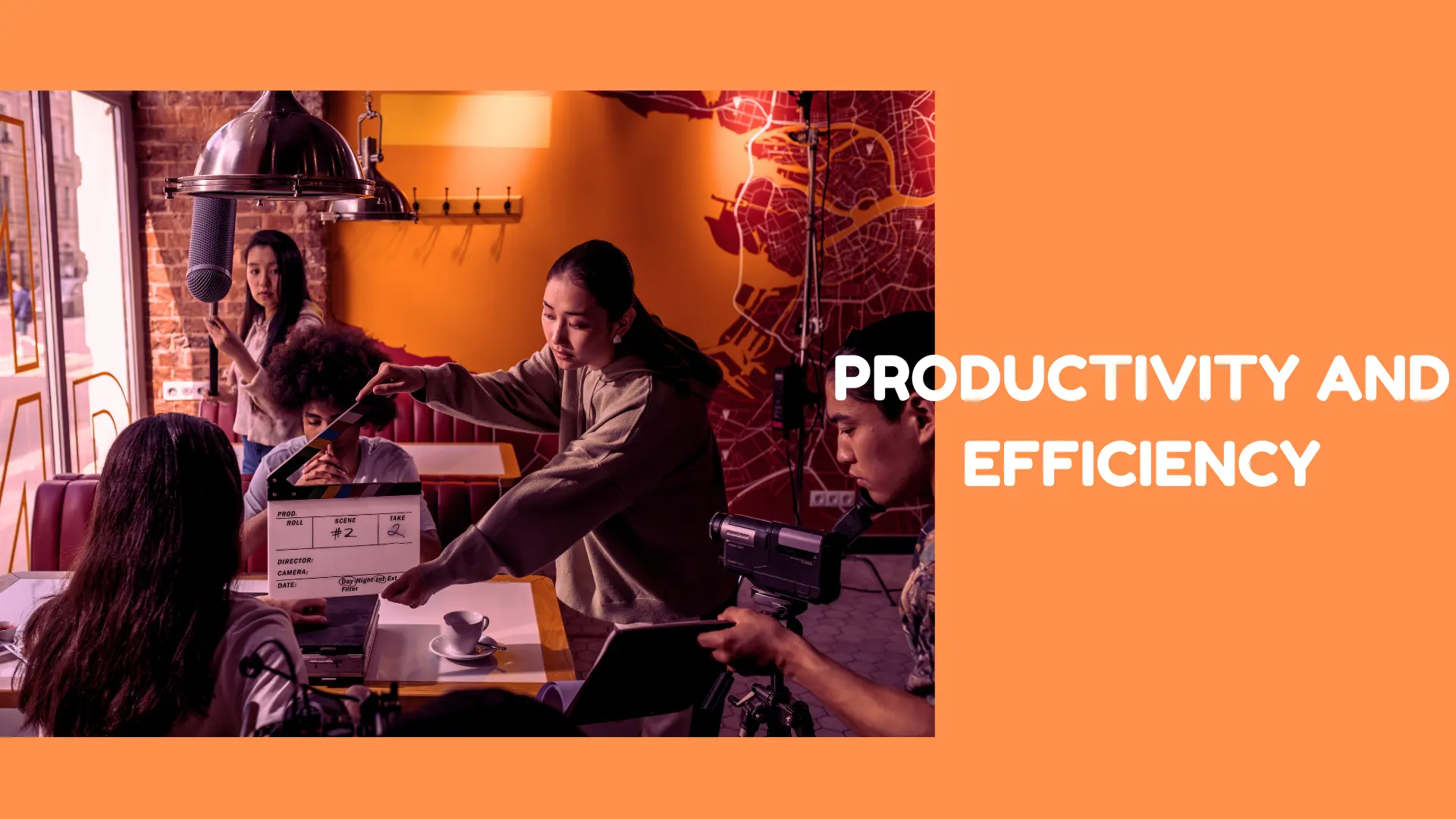Productivity vs Efficiency How do they improve your life better?
Getting the time to complete your to-do list, which seems to never stop, is one of the major obstacles for every business. Consistent productivity and efficiency are needed while starting a new business. Although you may hear certain folks use the phrases “productivity” and “efficiency” interchangeably, they are distinct, and realizing these distinctions may help you maximize both.
Let’s understand the definition of Productivity and efficiency
Growth rates are expressed by productivity. It deals with how many things you can complete in a certain amount of time, often known as output. How many resources are required to execute a task is a measure of efficiency. Since you want to know how long it takes to perform the activity, you’ll frequently mention time while talking about efficiency.
The distinction between productivity and efficiency
Productivity is the quantity of work you can complete in a given period, whereas efficiency is the way you use your resources, like time, to complete a task. Holding the passage of time constant, you examine the overall level of production to monitor productivity. By keeping the task or output constant, assessing efficiency allows you to compare resource utilization. Increasing productivity entails doing more work in the same amount of time while producing more items. Utilizing fewer resources (or less overall input) but yet producing the same amount of work is referred to as increasing efficiency.

“Assume you have a sales department with two employees. To compare one employee’s productivity to another, maintain a time constant (say, one hour) and examine the output differential. During this time, John makes ten cold calls while Mary makes eight. In this scenario, John is more productive than Mary since he completed more work at the same time. To assess their efficiency, you assign them the same amount of work and watch how long it takes each of them to finish it. As an example, suppose you provide each sales professional with a call sheet with 50 names on it. John completes his list in five hours and fifteen minutes, but Mary takes six hours and fifteen minutes.
“These results show that John is more efficient because he completed the same task in less time. “Productivity and efficiency are not the same thing, although they go hand in hand. One strategy to assure high production is to increase your level of efficiency.”
How about effectiveness? Effectiveness refers to performing the actions that are most connected to getting results. Using the prior example, you may infer that because John was more productive and efficient, he was, therefore, more effective. However, this is not always the case. Mary may earn more money than John, making her a more productive employee. “How could this have happened?
“Here are some things Mary might have done differently to be more effective. She might have, but more time was spent studying her leads and customizing the calls. She prioritized her list to locate the leads who are most likely to convert. To enhance income per sale, suggest higher price tiers or extra services. Finally, productivity and efficiency are not always synonymous with effectiveness. They might sometimes indicate that you are skilled at keeping yourself busy. Focus on increasing the quantity of work while maintaining quality standards to achieve the greatest results.”
Here’s how you recognize the difference between simply being productive and being empowered:
- Productivity is a measure of quantity. Efficiency is a measure of quality. The primary distinction between productivity and efficiency is straightforward: productivity measures total production whereas efficiency measures the proportion of output that functions as planned. While it is true that “quantity has a quality of its own,” the expression applies more to battle than to commerce. It is frequently inefficient and impedes any effort to optimize “right the first time” quality.
- Productivity is how well you operate; efficiency is how well you perform. Just because you do something doesn’t imply you do it well, even if it is workmanlike. Consider daytime TV actors vs their film and television equivalents. Every day, daytime actors create a fresh show. They do a good job, no doubt; but movie and TV performers have weeks or months to polish their performance, not to mention special effects costs.
- Productivity neglects underlying costs; efficiency does. Consider the preceding code example. Andy wrote 1,000 lines of code that week whereas Brad wrote 800, therefore Andy was the productivity winner. However, his code was so problematic that it doubled the production cost. Meanwhile, Brad’s code worked the first time and was half the price of Andy’s. Instead of merely getting the goods out the door as soon as possible, his more thorough, deliberate effort saved money.
- Productivity is a crude metric, whereas efficiency is more nuanced. Raw productivity demonstrates how much work someone completed. Efficiency indicates profit-generating productivity and should always be used as an input in productivity planning – unfortunately, it also becomes an outcome. Otherwise, it’s Andy and Brad all over again. Productivity is just output; efficiency incorporates quality control. It may not increase production, but it assures that what you generate meets your needs and specifications the first time, saving you time and money.
True Productivity Comes with Productivity + Efficiency
Productivity and efficiency are both important, but in most industries (particularly conventional manufacturing), productivity without efficiency is a company killer. So, what if you make 100 machine parts and only 25 of them perform as intended? Stretching to increase productivity, whether your product is widgets, computer code, white papers, or archaeological reports, can hurt you more than working at a slower, more deliberate pace — because working too fast causes mistakes that must be repaired with precious resources. If you don’t, and the items reach customers, who bring the flaws to your notice in a spectacular fashion, your firm suffers and you suffer as well. Consider what happened to the Ford Pinto back in the 1970s.
Do you want that millstone over your neck when you can prevent it by consciously combining productivity and efficiency, rather than assuming that if you have one, you have the other? Efficiency and productivity must be inexorably connected if actual productivity is to be achieved – but they may exist independently, often to disastrous effect.
Final words
In conclusion, productivity and efficiency play vital roles in enhancing the quality of life. While productivity focuses on producing more output within a given time frame, efficiency emphasizes achieving the desired outcome with minimal waste or effort. By finding ways to both increase productivity and streamline processes, individuals can accomplish more in less time, allowing for a better work-life balance. By optimizing resources and eliminating inefficiencies, individuals can reduce stress, accomplish their goals, and have more time for leisure activities and personal fulfillment. Ultimately, productivity and efficiency contribute to an improved quality of life by promoting effectiveness, reducing time constraints, and fostering overall satisfaction.




